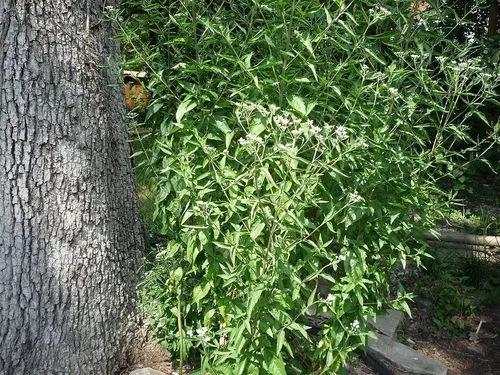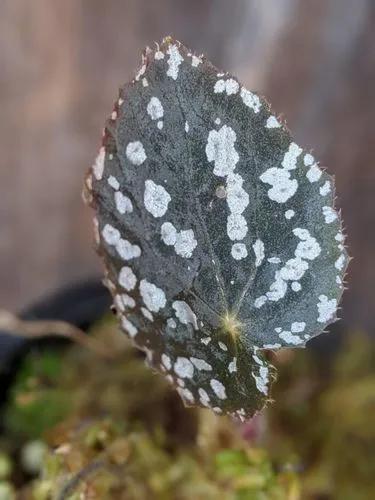Common flax or wild snapdragon (Latin Linaria vulgaris) is a herbaceous perennial plant, a species of the Flax genus; now this genus is usually referred to the Plantaginaceae family, but previously it was placed in the Scrophulariaceae or Veronicaceae families Taproot or with long, creeping shoots. Stem 30-60 (90) cm tall, erect, simple or branched, densely leafy. Leaves linear-lanceolate or linear, pointed, with one, less often three veins, curled at the edges, glabrous, 2-5 (7) cm long and 2-4 (5) mm wide, upper linear The flowers are collected in dense, long apical racemes, 5-15 cm long. The axes, pedicels and, less often, the calyx are covered with glandular hairs, very rarely almost naked. Pedicels 2-8 mm long, bracts lanceolate, exceeding pedicels or equal to them. Calyx with lanceolate lobes, finely pointed, mostly naked or with sparse hairs on the outer side, glabrous inside, 3 mm long, 2 mm wide
Wild Flax Care
Linaria vulgaris



Since the flower is significantly closed by the lower lip, pollination requires the help of large insects such as bees and bumblebees. The plant is food for most butterflies, such as moth Acronicta euphorbiae, Amphipyra tragopoginis, metalloid-gamma (Autographa gamma), Calophasia lunula, Charidryas gorgone carlota, Eupithecia linariata, Eupithecia satyrata, pearl pearl (russelina erugine) bipunctidactyla).Flax grass contains tannins, peganin alkaloid, flavone glycosides, organic acids - malic, acetic, formic, pectins, saponins, vitamin C and minerals.Toadflax is not used in scientific medicine in our country and has not been fully investigated. Professor M. D. Rossiysky tested the liquid extract on patients with intestinal atony, bloating, prolonged constipation and concluded that the extract acts as a mild laxative without side effects. He isolated the drug peganin, similar to the extract of action, in addition, it turned out to be a good remedy for muscle sluggishness, muscular dystrophy and myopathies.
This plant is useful.
This plant might be poisonous
How to get rid of: Choose an herbicide labeled for use against toadflax, and apply it according to the label instructions. Apply herbicides to Dalmatian toadflax in spring and to yellow toadflax in late summer or fall. Your local cooperative extension agent can suggest the best herbicide for growing wild toadflax control in your area.
How to Care for the Plant

Popularity

487 people already have this plant 163 people have added this plant to their wishlists
Discover more plants with the list below
Popular articles






